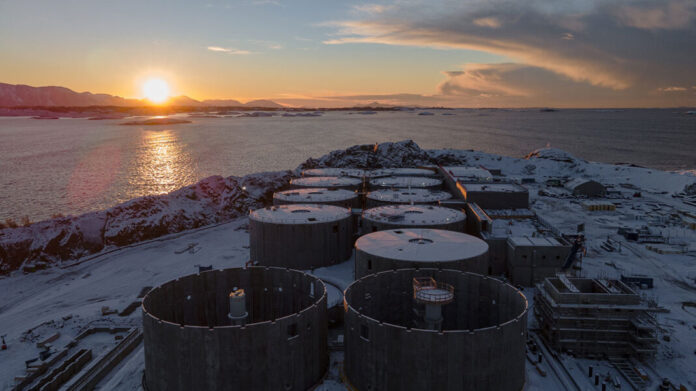The recent findings from RaboResearch describing hybrid flow-through systems (HFS) as a “game changer” for aquaculture and salmon farming are, to put it mildly, overstated. While HFS presents some interesting opportunities, it is not the transformative force it has been portrayed as, especially when evaluated against established technologies like recirculating aquaculture systems (RAS).
Room for All Production Systems
First, let’s recognize that the salmon farming industry encompasses three primary production systems: traditional sea cages, RAS, and HFS, which is a pump-ashore flow-through system with water reuse. Each system has its place, depending on circumstances. Ultimately, it is up to investors to decide which system aligns with their priorities and the opportunities available.
However, suggesting that HFS will fundamentally transform salmon farming is a “tall order.” HFS is not a new technology—it has been used in flow-through trout farming for decades. The fundamental principle is to reuse water until total ammonia nitrogen (TAN) levels remain within acceptable limits. What distinguishes Salmon Evolution’s HFS model is its unique access to water below the thermocline, which maintains a year-round temperature of 10°C. This setup enhances growth rates and compensates for high energy consumption. But how many such sites exist? Very few. The scarcity of suitable locations has limited the broader success of pump-ashore systems.
The Reality of Energy and Location Challenges
One of the critical drawbacks of HFS systems is energy consumption. RaboResearch notes that HFS requires up to 8 kWh/kg of salmon produced—far higher than the 4-5 kWh/kg typically seen in RAS facilities. Moreover, HFS farms are unlikely to be located close to markets, as their viability depends on rare, specific site conditions. This remoteness undermines some of the environmental and economic benefits touted by RaboResearch. In contrast, RAS can be located strategically closer to consumer markets, offering a significant logistical advantage.
Benchmarking Against RAS
The RaboResearch report highlights three key benefits of HFS: superior biological performance, a reduced environmental footprint, and higher-quality fish. While these claims may hold true when compared to traditional net-pen farming, the omission of a direct comparison with RAS is puzzling.
- Superior Biological Performance: HFS farms reportedly achieve a feed conversion ratio (FCR) of 1.1 and a survival rate of 97%, compared to FCRs of 1.3 and survival rates of 83% in net-pen systems. Yet RAS systems deliver identical FCRs and survival rates, a point notably absent from the report.
- Reduced Environmental Footprint: HFS systems prevent pathogen release and minimize fish escapes. However, nitrate emissions from HFS remain comparable to net pens, while RAS systems, particularly those incorporating denitrification, reduce nitrate release to as little as 10% of HFS levels.
- Higher-Quality Fish: HFS farms produce premium-grade fish with low mortality rates. But once again, RAS systems achieve the same standard of quality, with additional benefits such as winter sore prevention.
So, the report doesn’t really benchmark against RAS, which in principle are their “competitors so to speak. And that I find odd.
Do not get me wrong. I think Salmon Evolution have a good set-up. They have a good site. Because they can take water under the thermocline, they will not be exposed to jellyfish and are safe from potential future algal blooms. But a set-up like that is much more costly than a net pen farm, and they haven’t the luxury of a RAS that can be located much closer to markets.
I hope they succeed economically. It’s clear that all production methods—be it HFS, RAS, or net pens—have their place and serve different circumstances. What’s important is that investors and stakeholders approach these systems with a clear understanding of their strengths and limitations, without overstating their potential. Salmon farming is evolving, and there is space for a variety of technologies to play a role in shaping a sustainable and profitable future.
Ivar Warrer-Hansen is the CEO of RASLogic, winner of the 2024 Scandinavian Business Award for Best Food Tech Consultancy.


